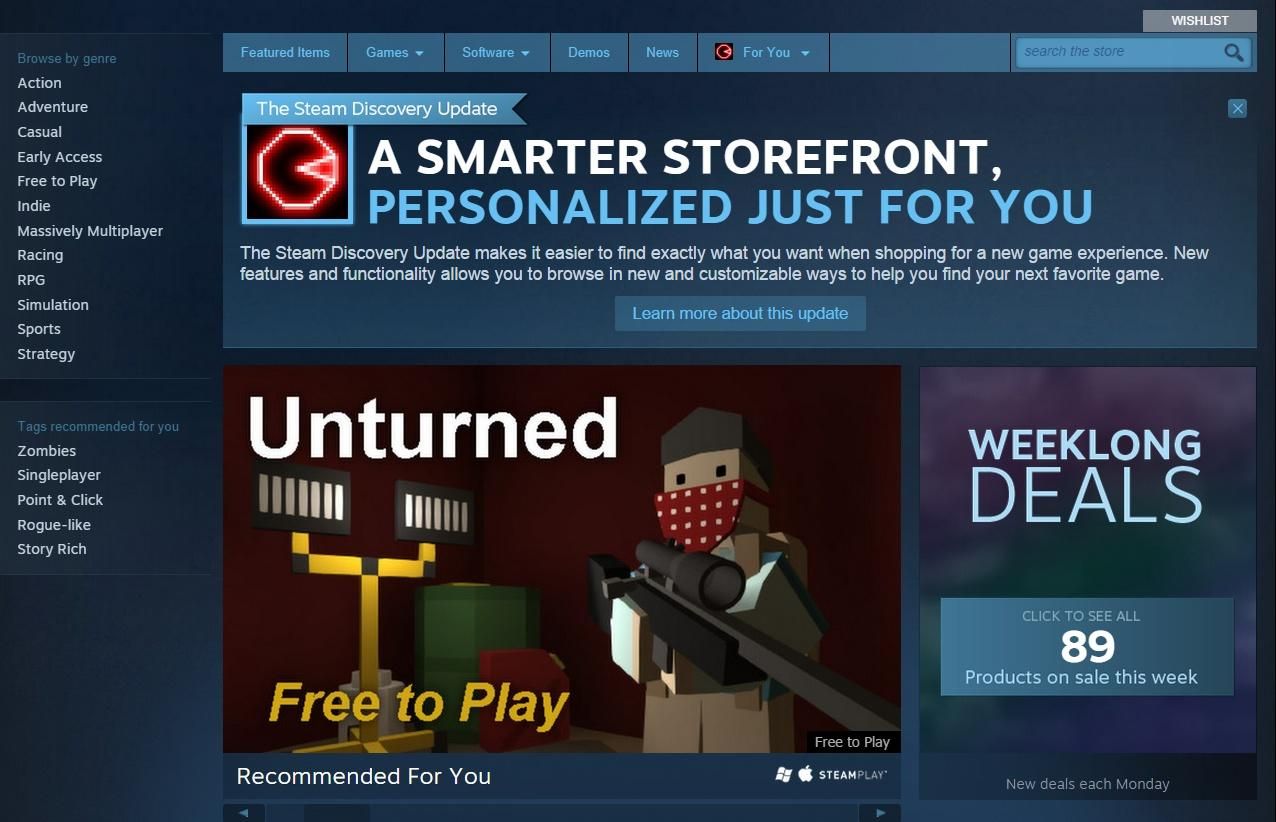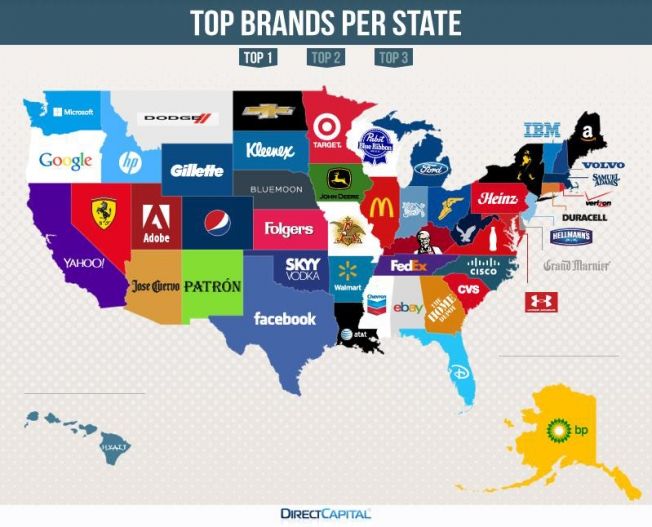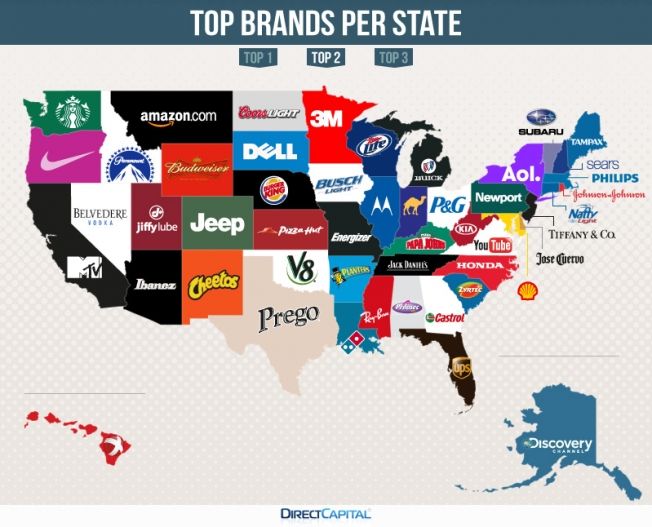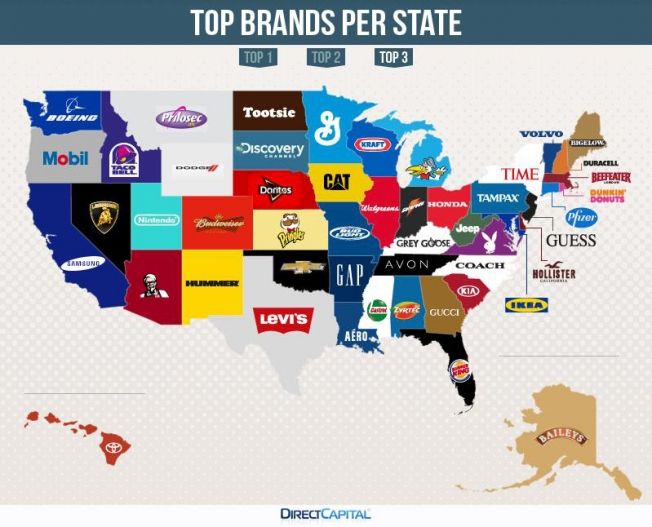By Keith Andrew
How did you end up here Many of you will have clicked through from [a]listdaily‘s front page. For a large chunk of you, however, you’ll have found yourself digging into this piece thanks to social media.
Almost every writer in this field has become both accustomed to and, in the best cases, positively embraced the propagation of articles via Twitter, Facebook, Reddit et al. Case in point: I can pretty much guarantee that, minutes after this article goes live, everyone from friends and close family through to distant relations and even my milkman will have seen a link to it pop up in their feed before the day is out. It’s both to the benefit of a writer and that of the site it’s hosted on that this article get eyeballs.
Developers are in the same boat. As much as social media has become a vital cog in the wheel for the games press, so too is it an increasingly core element for games developers — and the reason why is essentially identical: gamers use social media just as much as anybody else. For the developers whose lives are just as invested in the major social platforms, it’s been a boon.
“It basically started as a way to waste time while waiting on level data to build while employed at other people’s companies,” the man behind indie hit Thomas Was Alone, Mike Bithell, told GamesIndustry.biz quite candidly. “I found out later that I was annoying the hell out of folks I worked with for tweeting so much. But, hey, it seems to have worked out in the long term.”
 Mike Bithell
Mike Bithell
Indeed, task anyone with citing an indie developer in the UK who is known for having a grip on how best to utilise social media and, chances are, Bithell will come somewhere near the top of the list. Though he notes Thomas Was Alone made its debut “before I had much Twitter visibility”, he’s also acutely aware of the kind of advantages a prominent place on social media afford him. A privilege which, in years gone by, could have been out of his reach.
“I love to be able to speak to my peers and players in a direct way, not relying on third parties – PR or news sites — to filter anything I want to convey to players,” he added. “The day I realized a news announcement made direct on Twitter got more eyeballs than some of the mid tier games sites…that was the day I realized the power and opportunity Twitter holds for me.”
Despite Bithell’s enthusiasm for direct contact with his fans, there are PR agencies that have utilised social media on behalf of developers to great effect. Natalie Griffith founded PR specialist Press Space in May 2013 after stints at other agencies and 12 years at Blitz Games Studios, establishing the firm’s PR and marketing department in the process. It’s experience she now uses to underline the importance of social media to the studios she works with today.
“For me, social media activity isn’t a bolt-on function where a third party can simply push out pre-defined messages,” opined Griffith. “It’s an organic, reactive process that can only effectively be done by someone heavily involved in the studio and really clear about its strategy and vision, so I only take on social management for another company if I’ve that level of involvement with them.”
Of course, the very fact that Bithell, Griffith and others find it necessary to make the case for social media in games development is because that, without naming names, there are developers aplenty that either use Twitter and other platforms in a perfunctory manner, or simply not at all.
 Natalie Griffith
Natalie Griffith
“The main failing I see is not one of tone but one of understanding the strengths of each different channel,” continued Griffith. “I know it can be hard for small teams to fit social media time into the hectic schedules, but there’s really no excuse these days for simply hooking up your Twitter fed to automatically dump every tweet into Facebook. They’re very different beasts and if you’re going to have a Facebook account then use it in a bespoke way.”
Fellow PR guru Stu Taylor of Dead Good Media also notes that many indies take a rather cold approach to their use of social media, failing to take advantage of their independence and, instead, tweeting in a very ‘corporate’ manner. “From an outside perspective, it might be a case of thinking that’s how they should do it, because the big corporations tend to be very dry and robotic so as not to upset share holders or end up sparking a social media drubbing,” concluded Taylor, noting that even active social media studios sometimes fail to understand how to best measure its impact. “I still remember a developer years ago being obsessed with Facebook ‘likes’ and judging the success of our PR campaign based on how many more likes they received on their game page every time we put out a press release. The fact that these were two wildly different things and audiences was clearly not of interest to them.”
One thing Taylor, Griffith and Bithell all expound is a sense of honesty. There is of course a danger of a developer revealing too much about their personal life – or simply boring their audiences with status updates focusing on what ready meal they’re eating for dinner that night – but one studio that has made the most of the ability to be open with the audience afforded by social media is Vlambeer. Indeed, right now the Dutch studio is developing its latest release, Nuclear Throne, under the watchful gaze of its fanbase — via regular livestreams on Twitch.
“I think that a very central theme to Vlambeer is to try and be open and transparent about the realities of game development, In that regard, it was almost inevitable that social media would be central to our studio,” Vlambeer’s Chief Executive of Business and Development Rami Ismail told GamesIndustry.biz. “In fact, the first time the name ‘Vlambeer’ was ever used in any official capacity was when we opened our Twitter account. At that point we hadn’t even registered a website or a company.”
To Ismail, being open is an advantage and helps build trust with gamers as it “makes you accountable, and that means you don’t get to get away quite as easily with delays and nonsense.” He continued, “There’s an inherent responsibility to having a podium, and I think making sure that people are aware of the implications of their words is not too much to ask of those that benefit from their social media. As an example, I quickly learned not to tweet about how great ‘dropping out of school’ was, because my tweets are also read by people in countries in which education is literally the only thing that separates kids from a life of homelessness and poverty.”
 Rami Ismail
Rami Ismail
The other ‘risk’ is that the games press, ever eager for a quick story, can pick up on seemingly innocent tweets and spin them into some sort of declaration. Bithell notes that the fact that his tweets have routinely ended up forming the basis of stories on games sites has made him “more conservative and careful in what positions I make public.”
“More than one a buddy has messaged me privately saying ‘ah, so that’s pissed you off, right ‘ in response to a more diplomatic public tweet,” he continued. “I also have to remember the risks of bringing negativity to the feed, I’m in a position to really do damage to other indies if I publicly argue with them, so I try to take any of that sort of thing away from public spaces.”
More serious has been occasions when public spats on Twitter have had a direct impact on a developer’s business. In 2013, a now infamous confrontation on the social network between Fez designer Phil Fish and Marcus Beer of GameTrailers not only resulted in the (temporary) departure of Fish from Twitter, but also the cancellation of his latest project. The recent rise of GamerGate — which, amongst other things, alleges an all too cozy relationship between games developers and journalists — also has the power to taint a developer’s reputation. It’s, perhaps, understandable why many indies simply don’t want to get wrapped up in the world of social media. Negative messages can spread just as quickly as positive ones.
“I am very transparent in my working relationships and disclose early and often,” added Bithell on the subject. “Integrity is very important to me – no one wants to be seen as a jerk. Also, games journalists sort of rock, they are nerds who like games. I’m not going to apologize for chatting with them in a public space.”
“I think there’s no faster way to learn about the implications of your words than to have people respond to your statements,” added Vlambeer’s Ismail in sober fashion. “I guess in that way, social media has been a tremendous source of education to me.”
Social media, then, undoubtedly isn’t 100 percent win-win — the risks of making a foul up in public that can spread across the Internet in quick time are real. Developers who use it fully are always likely to make mistakes – mistakes that, owing to the power of the web, can spread across the world in a matter of minutes. But as Ismail notes, said mistakes can make a developer better at his or her job in the long run. So, if we accept that investing in Twitter and the like is, in the broad scheme of things, to an indie’s advantage, how best can they utilize it
“The best indie accounts for me are the ones that strike a balance between professional and casual,” stated Griffith, “The awesome thing about the indie scene is that people can finally get to see behind the curtain and get to know the personalities and the stories behind the games they love. So sharing that journey with people, the peaks and the troughs, the lessons you’ve learned, as well as the fun non-work stuff that builds up a picture of who you are, will create something that people will really warm to and want to engage with. Bottom line is, it’s about being a genuine and generous person and making sensible judgments about how to engage with people. In the immortal words of Will Wheaton, don’t be a dick.”
 Stu Taylor
Stu Taylor
Taylor of Dead Good Media agrees, claiming that effective use of social media “isn’t rocket science.” He continued, “It does make me smile how people can make a fortune selling social media courses and tuition – fair play to them. I think a lot of it is common sense and just having a basic understanding that the smallest thing can make a big impact, good or bad.”
For indies that are reluctant to embrace social media for whatever reason, the suggestion that using it effectively has not only changed the way the games industry works, but helped form entire studios and games that, without it, may not have existed may be one suggestion many find too radical to swallow. Nevertheless, ask Rami Ismail where Vlambeer would be if the studio didn’t use social media and you get a succinct reply: “Vlambeer would not exist today.”
And his response when questioned as to what he would say to developers unwilling to use social media is equally eloquent. What advice would he give How would he convince them to take advantage of the opportunity We’ll never know. As Ismail puts, quite simply, without social media he’d “have a hard time reaching them.”
Republished from GamesIndustry.biz. Be sure to read GamesIndustry.biz and subscribe to their newsletter to get the latest in game industry news and insights.





 Jason Rapp, Science Inc.
Jason Rapp, Science Inc.

 Josh Williams, Upsight
Josh Williams, Upsight
